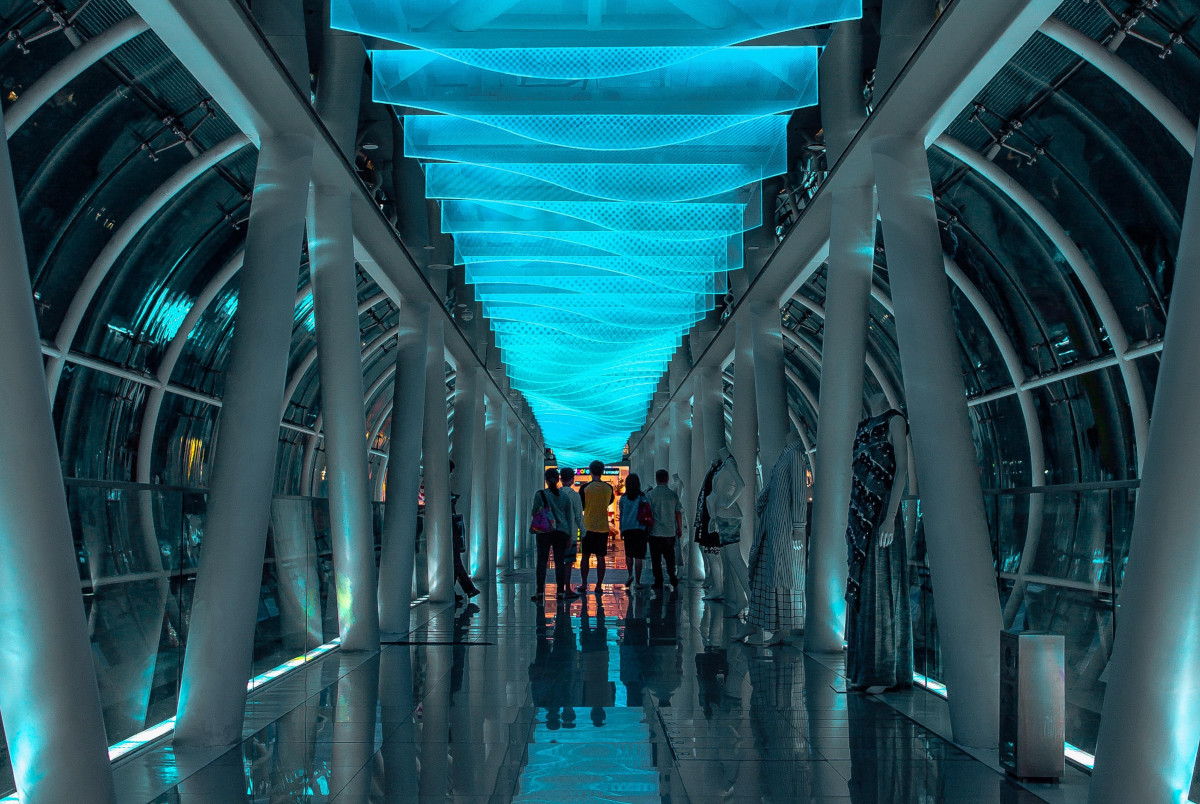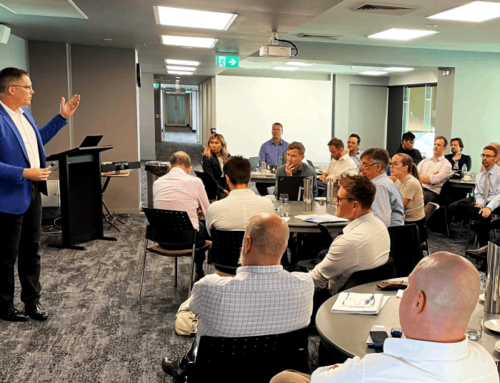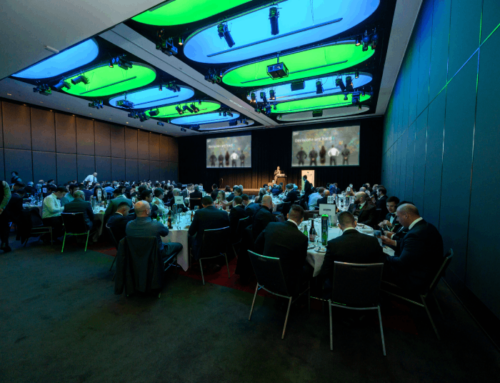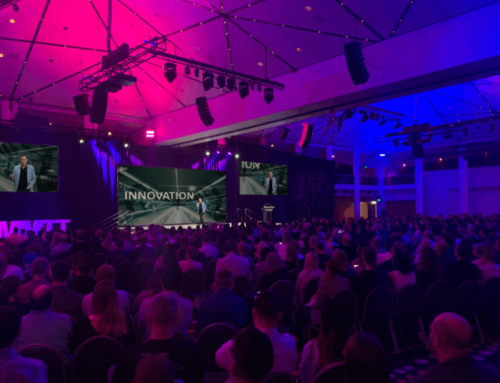Psychology of Disruption: Evolution Didn’t Prepare You for Innovation.
As human beings, we behave according to predefined psychological models; social norms, unthought knowns and cognitive dissonance all play a part in our ability to find ways to innovate. If left to their own devices, humans will endlessly revert to the status quo. There’ll be no change without disruption and our world is in a state of perpetual disruption.
So, if we’re in a world that’s changing due to innovation but our brains aren’t designed to let us innovate what is causing the disruption…
A subset of people in our community are pattern breakers. They don’t take the current state of anything as a static. These people are innovators and they make up about 2% of the population and you know then as Elon Musk, Mark Zuckerberg, Mike Cannon-Brooks, Boyan Slat and others renowned for changing it up. That said, due to the path of evolution that brought us here even people who innovate for a living regardless of their position in industry often fail to see the constraints their psychology puts on their mind.
In late 2018 a college and I were adding Christmas decorations to our office and found online a design for a decoration depicting a scene from Die Hard (bear with me here). This decoration captures the scene in which Bruce Willis climbs through a ventilation shaft. We decided this decoration was a must but being short on time we asked our admin assistant if they had the time to put one together. The response came back “sure, who do you want in there?”.
This may sound like a silly story but it’s an on-point case study in the blindness that humans carry in their daily life to the belief that things are destined to be a certain way.
It simply hadn’t occurred to us that you could put someone other than Bruce Willis in the ventilation shaft – an unknown unknown, a cognitive blind spot, a complete inability of the innovation team to innovate.
In our case, the unthought known was that only one character could make up the Christmas decoration.
Modern life is littered with unthought knowns, from the way things can be used to the shoes we wear to the way we behave in the office. As innovators, it is our job to put ourselves outside of these norms, to see them for what they are – essential societal structures or arbitrary conformances. In societal examples our brains are wired to perceive the act of being different as a very real, very immediate threat to one fitting in to one’s group. For this reason, we are strongly wired to conform – an excellent example of why humans are so bad at innovating.
As we move into a world of accelerated automation and machine interactions, more than ever the role of humans will be human innovation. Innovation which puts the humanity back into an online store, to an AI driven marketplace, to an optimized supply chain. The Chinese market is already an excellent example of this kind of behavior with the online environment thick with relationship building and gifting.
So, if the carbon-based life forms that form humanity are designed to avoid innovation what are the mindsets, skills and techniques that we can use and adopt to ensure we change at the pace required and become the daily innovators our businesses and economy need.
________________________________________
Brett’s keynote will shine a light on the nature of this challenge and how you and your team can do different to be different.




